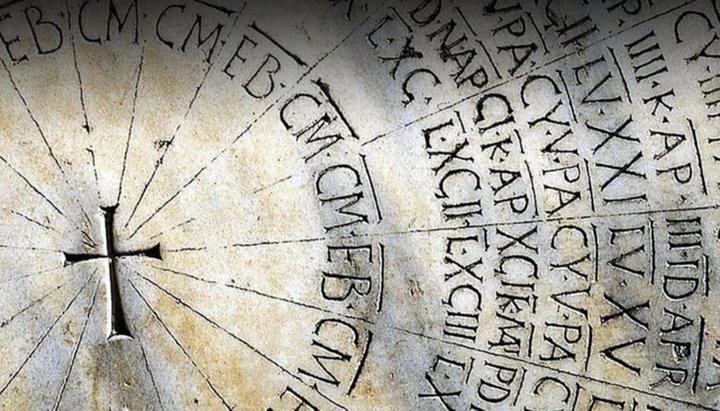
Julian To Gregorian Calendars
It’s likely you will have come across dates where the transcribed year appears in the format 1748/49, using both the Julian and Gregorian calendars.
Before 1752 the UK used the Julian Calendar, after 1752 the Gregorian Calendar came into use. Whilst the Gregorian Calendar uses 1 January as New Year’s Day, in the Julian Calendar it was 25th March.
The relevance of this to genealogists
It’s natural for us today to glance at dates and see December as the end of the year. However, prior to 1752 the end of the year was in March.
It can be confusing, so here is an example
If a child was born on 25th February 1748, and baptised on 27th March 1749 it can appear that the parents waited over a year for the baptism, when the baptism actually took place when the baby was 4 weeks old (remember, New Year’s Day was 25th March). To avoid this confusion, it’s common for transcribers to display the birthdate as 25th February 1748/49, which shows the actual year (1748) and the year converted to the Gregorian Calendar (1749). Note that as the baptism took place after the 25th March New Year’s Day, there’s no need to convert that.